Families prefer vehicles that offer a good balance between safety, space, and affordability. Car manufacturers have made many vehicles that align with family preferences, providing varying sizes, shapes, and more options. These are 23 family cars that offer the best safety and space without breaking the bank:
Toyota Avanza (2021)
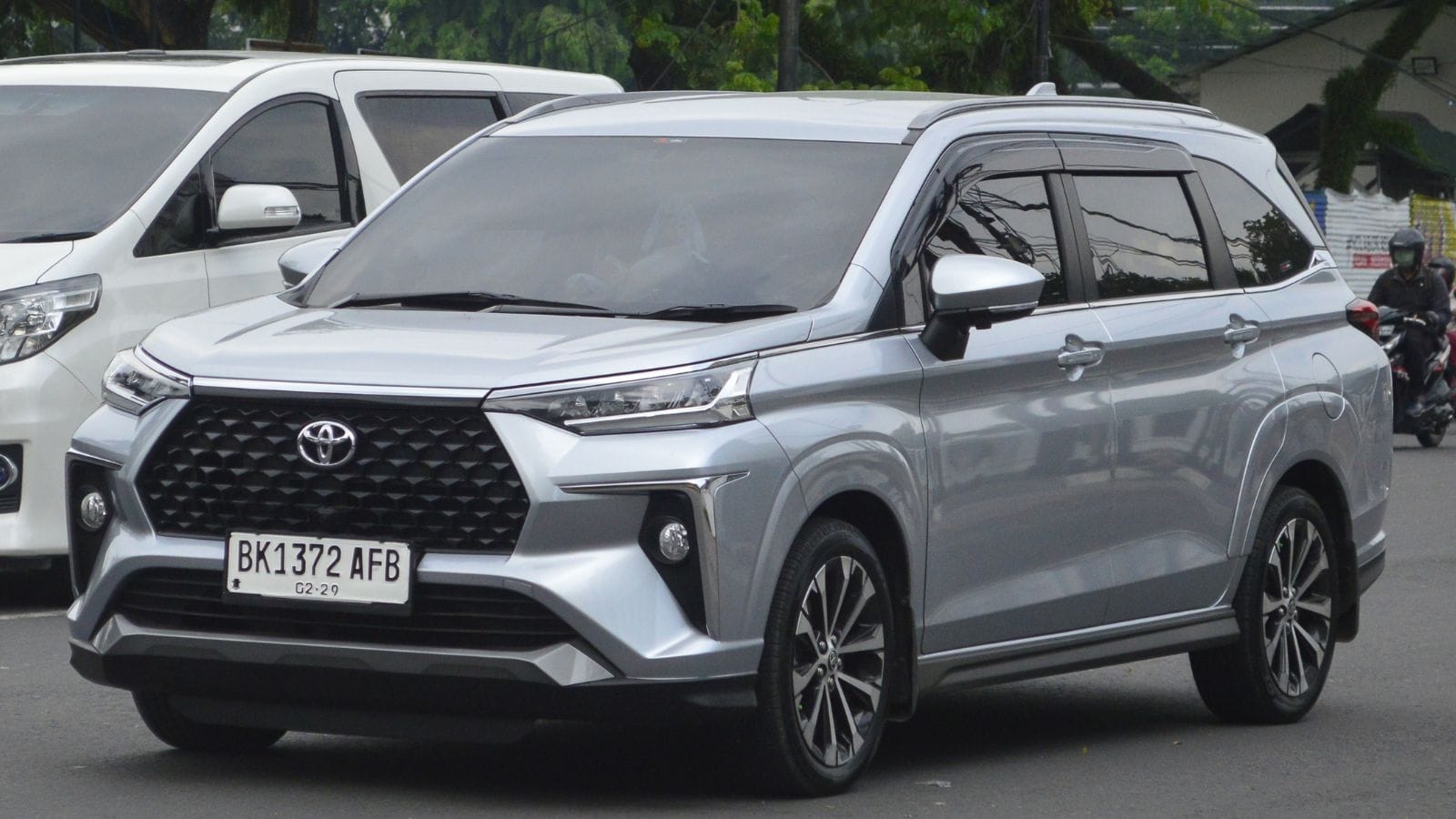
The third-generation Toyota Avanza was designed under Daihatsu chief engineer Eiji Fujibayashi. The 2021 model shifted to a front-wheel-drive configuration, using the Daihatsu New Global Architecture. It comes in two engine forms, a 1.3-liter 1NR-VE, and a 1.5-liter 2NR-VE, both optimized for better performance. The inside features more space with roomy dimensions that seat passengers comfortably. The Avanza prioritizes practicality and thrift rather than outright pace.
Chrysler Pacifica (2017)
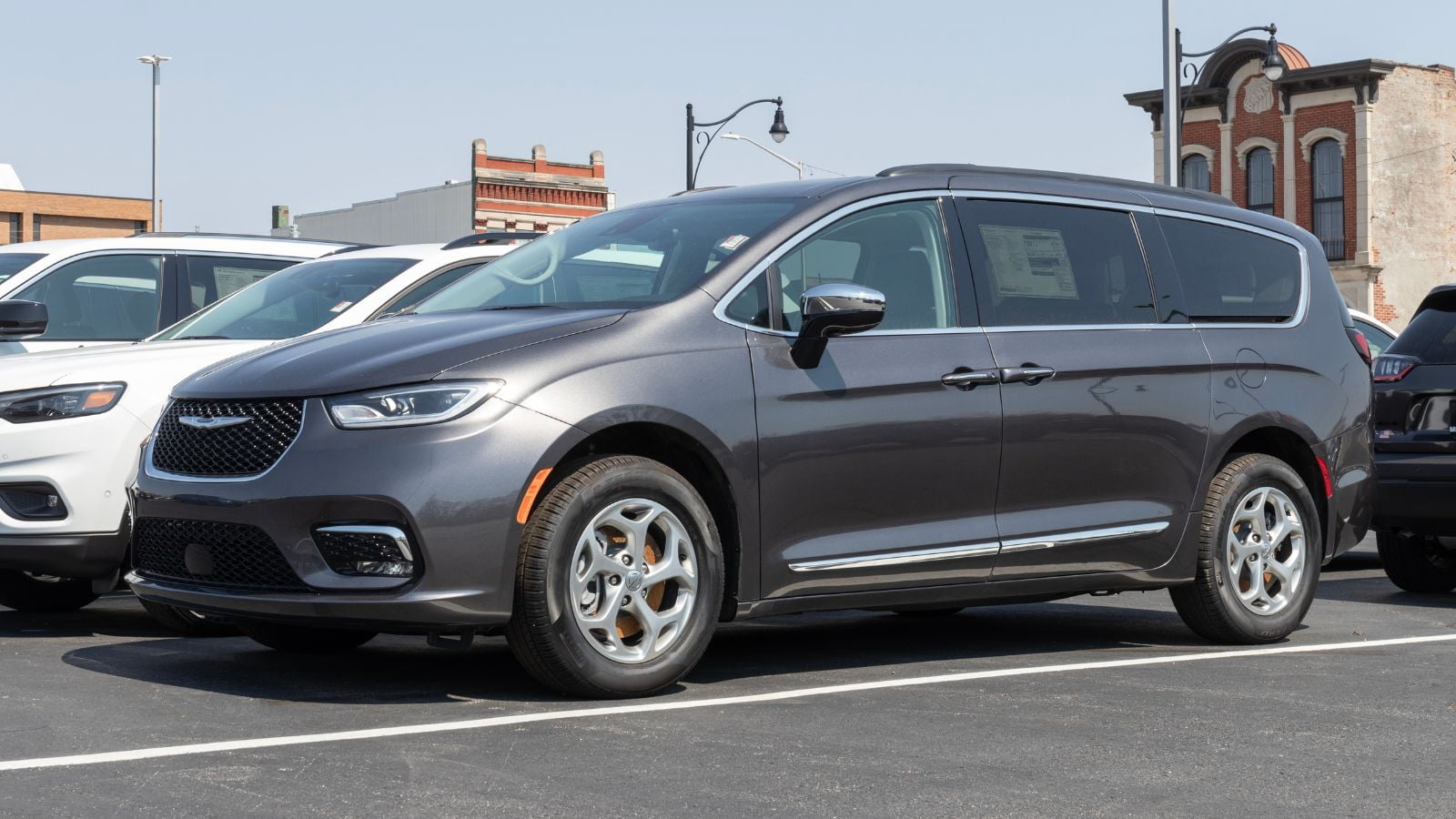
The Chrysler Pacifica, released in 2017, has a 3.6-liter V6 engine with a 9-speed automatic transmission. The interior fits up to eight passengers and has Stow ‘n Go seating for flexible cargo arrangements and innovative safety technologies, perfect for a family vehicle. The Pacifica accelerates from 0 to 60 mph in approximately 7.3 seconds and gained widespread approval immediately, winning awards like “Best Minivan of 2016” and “2017 North American Utility of the Year”.
Hyundai Creta (2020)
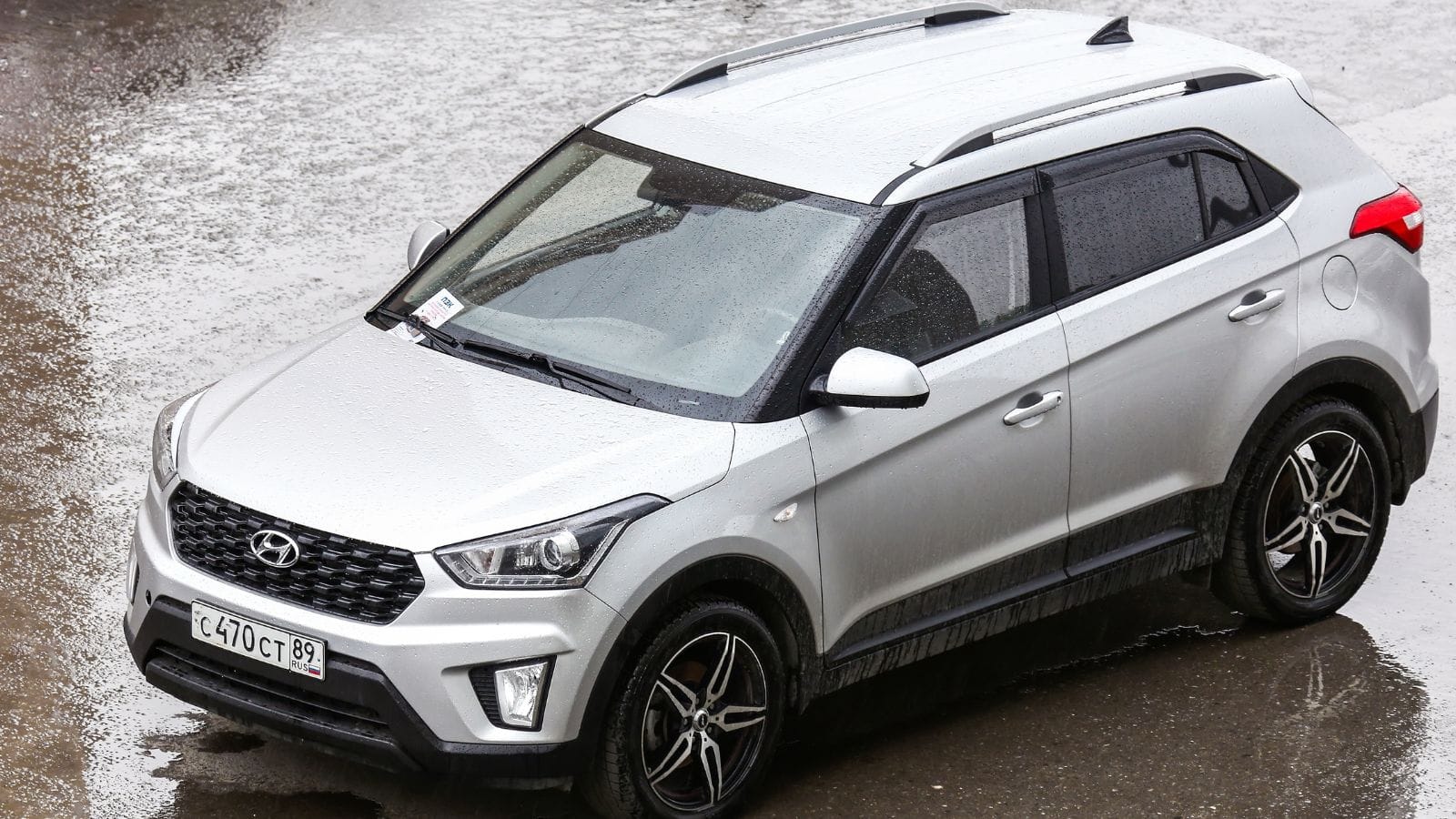
The second-generation Hyundai Creta debuted in 2020 with modern designs and enhanced features. It has multiple engine options, including a 1.5-liter Smartstream petrol engine that produces 115 PS. Its sleek design and well-rounded attributes make it a great option for urban families seeking an affordable and reliable option. The interior features a spacious cabin, an infotainment system, a touchscreen display, and ample cargo space. The 1.5-liter model can accelerate from 0 to 60 mph in about 12.2 seconds.
Citroën C3 Picasso (2008)
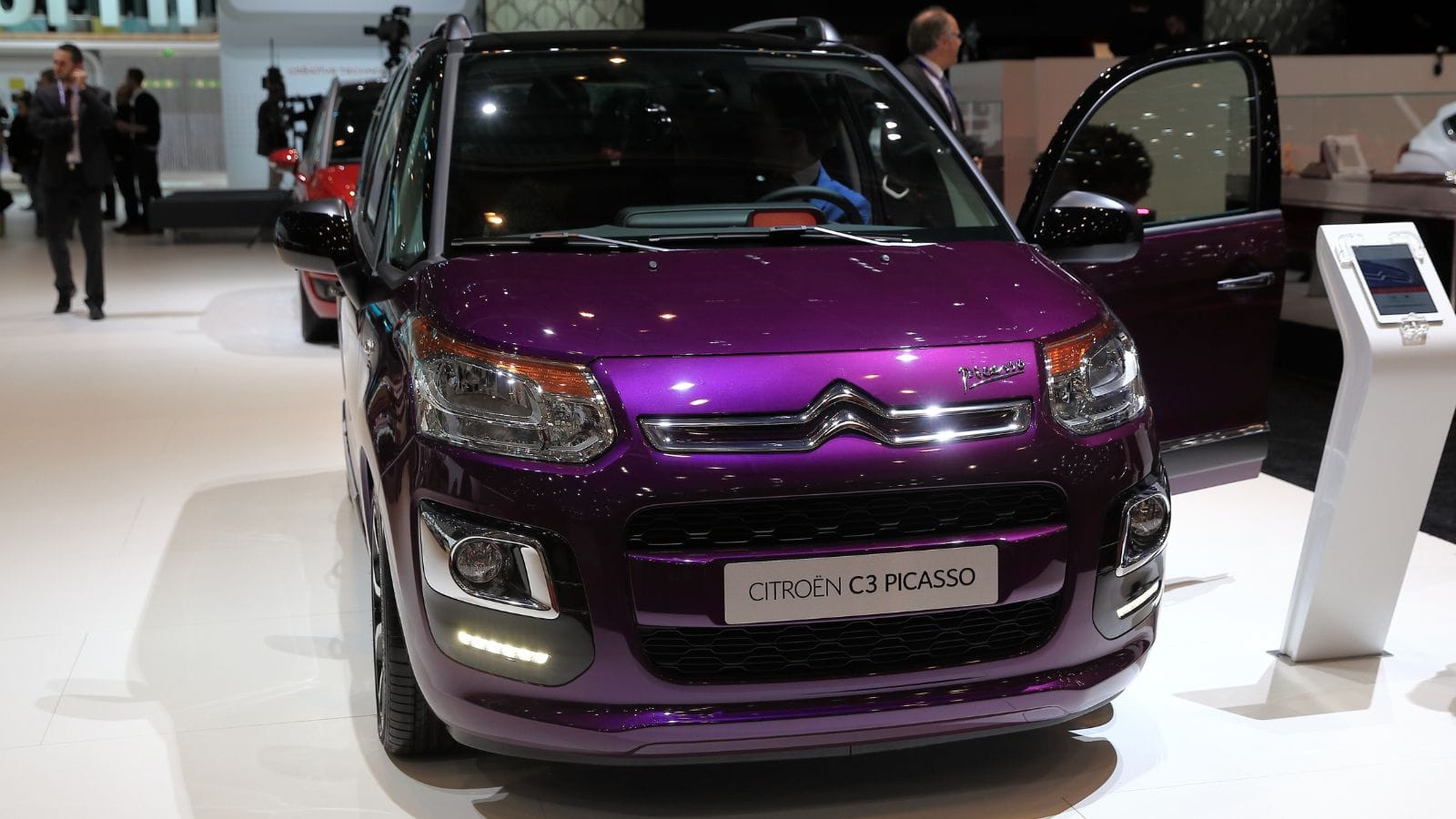
The Citroën C3 Picasso was designed by a group featuring Donato Coco and Jean-Pierre Ploué. It was released in 2008 and comes with different engines, including a 1.6-liter HDi diesel engine. The interior has fold-flat rear seats, increasing boot space from 385 to 1,506 liters. It also has ABS, electronic brakeforce distribution, and several airbags. The small and versatile dimensions make it ideal for urban and long-distance driving.
Kia Carnival (2022)

The Kia Carnival, also known as Kia Sedona, received a facelift in 2022 from the chief design officer for Kia, Peter Schreyer, who created a more SUV-oriented look. It has a 3.5-liter V6 engine, producing 290 horsepower. The interior has three seating rows for a maximum occupancy of eight, featuring items such as an entertainment system at the back of the second-row seats and innovative driver assistance packages. The Carnival sprints 0 to 60 mph in about 7.0 seconds.
Honda Odyssey (2018)
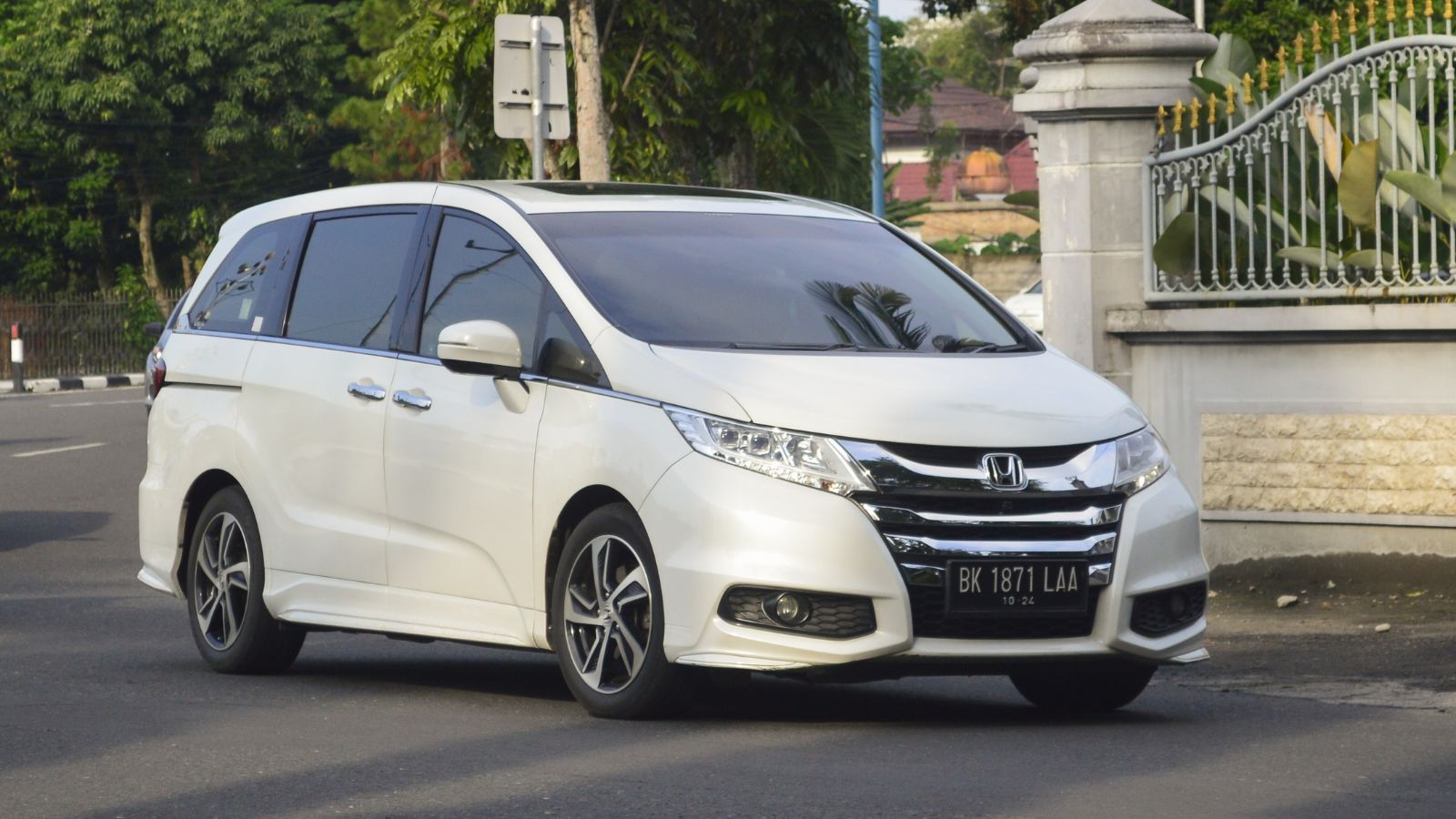
Chief engineer John Hwang designed the 2018 Honda Odyssey, equipping it with a 3.5-liter V6 engine that produces 280 horsepower. This engine enables the car to go from 0 to 60 mph in approximately 6.6 seconds. The interior has many family-friendly features, like Magic Slide second-row seats for flexible seating arrangements, a CabinWatch feature for keeping an eye on rear passengers, and a user-friendly infotainment system.
Toyota Sienna (2021)
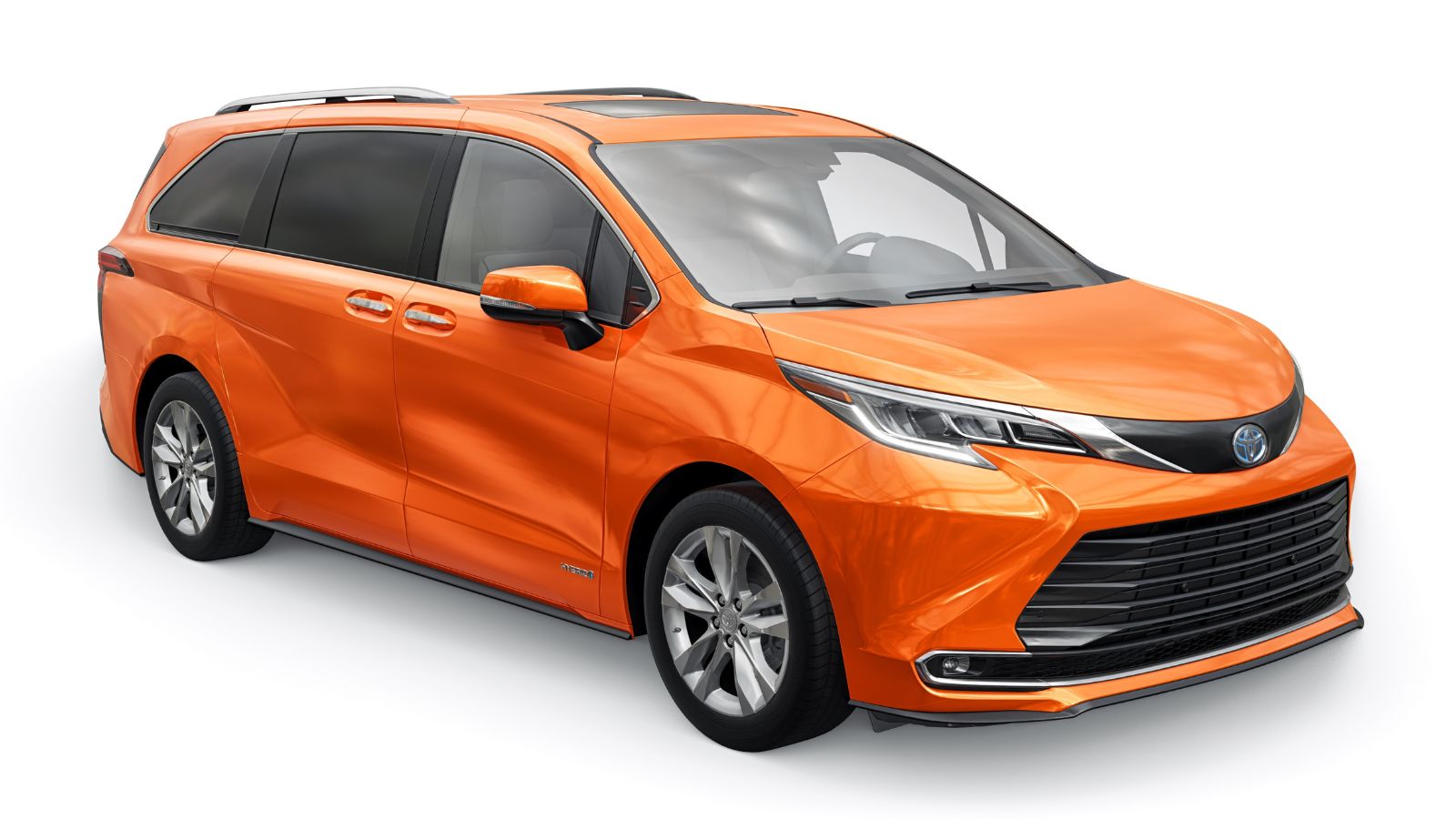
The Toyota Sienna, a 2021 redesign, was designed by chief designer Ian Cartabiano. It is offered only as a hybrid, mated with a 2.5-liter four-cylinder engine to a pair of electric motors producing 245 horsepower. The interior focuses on efficiency and comfort, with available all-wheel drive, a roomy cabin with a seating capacity of up to eight, and Toyota’s Safety Sense 2.0 suite. The Sienna hybrid powertrain enables smooth 0-60 mph acceleration in about 7.9 seconds.
Škoda Kodiaq (2016)
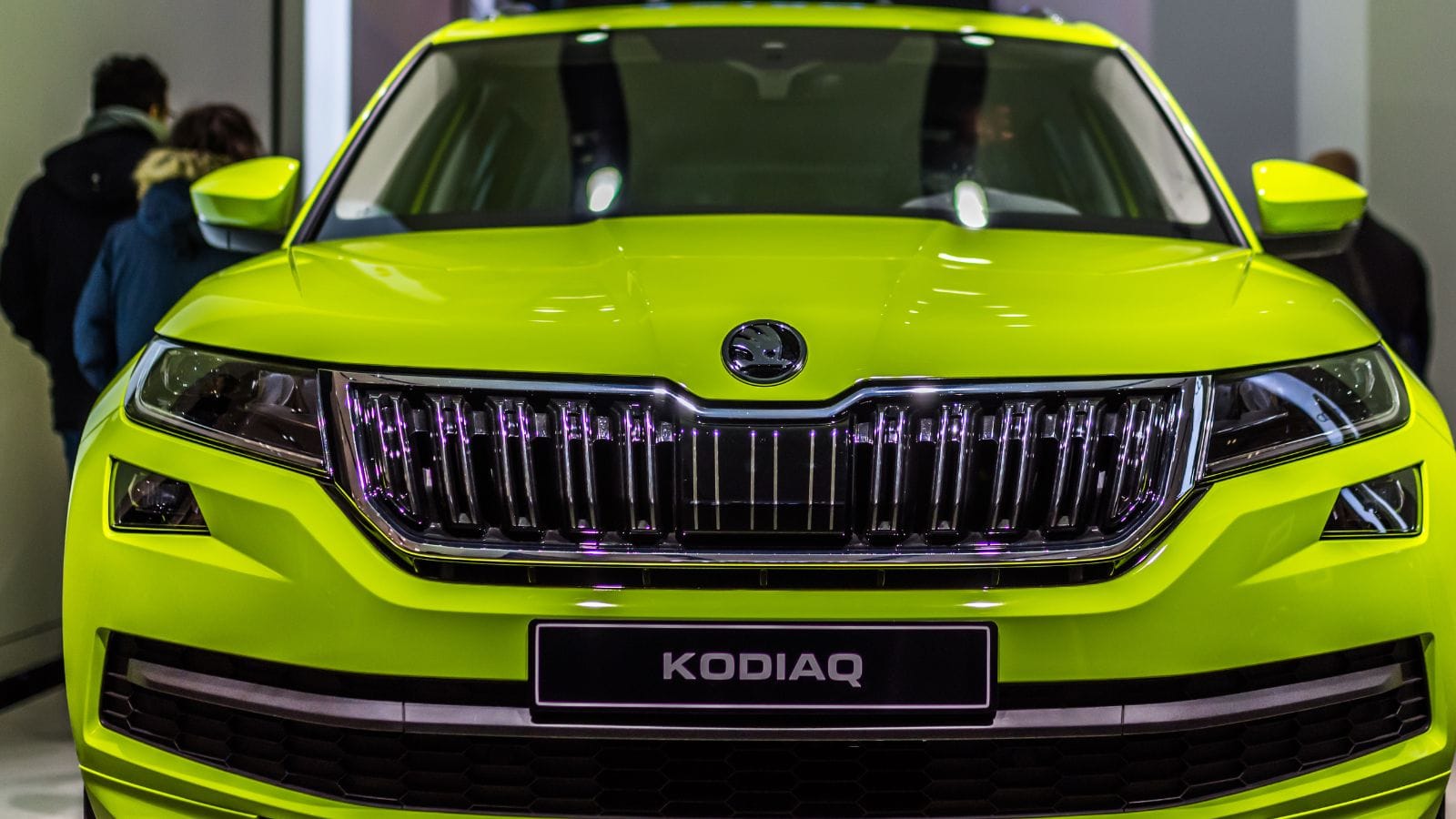
The Škoda Kodiaq was penned by Jozef Kabaň, who has also worked on several Volkswagen Group models. The midsize SUV has several engines focused on efficiency and performance, including a 2.0-liter TDI diesel and a 1.5-liter TSI petrol. The interior is roomy, with high-end materials, a digital instrument panel, and a massive touchscreen infotainment system. It also has useful features such as foldable rear seats and plenty of cargo space and takes around 8.0 seconds to go from 0-60 mph, providing families with a practical car with good performance.
Ford Explorer (2020)

The Ford Explorer was engineered by Ford’s global design team, led by Hau Thai-Tang. It has various powertrains, including a 2.3-liter EcoBoost twin-turbo four-cylinder and a 3.0-liter twin-turbo V6. It features three rows of seating inside, a large 10.1-inch touchscreen, and Ford’s Co-Pilot360 safety package. The cabin is generously equipped with leather upholstery, ambient lighting, and a configurable cargo compartment. Explorer’s 0-60 mph time ranges from 6.8 to 5.6 seconds, depending on the powertrain option.
Subaru Outback (2019)

Mamoru Ishii designed the sixth-generation Subaru Outback. It has Subaru’s legendary all-wheel-drive system and is available with a 2.5-liter naturally aspirated Boxer engine or a 2.4-liter turbocharged Boxer engine. The interior is challenging but sophisticated, with water-resistant seating, a vertical touchscreen, and plenty of legroom. It has the standard EyeSight safety suite feature and can go from 0 to 60 mph in approximately 6.1 seconds.
Volkswagen Tiguan (2017)
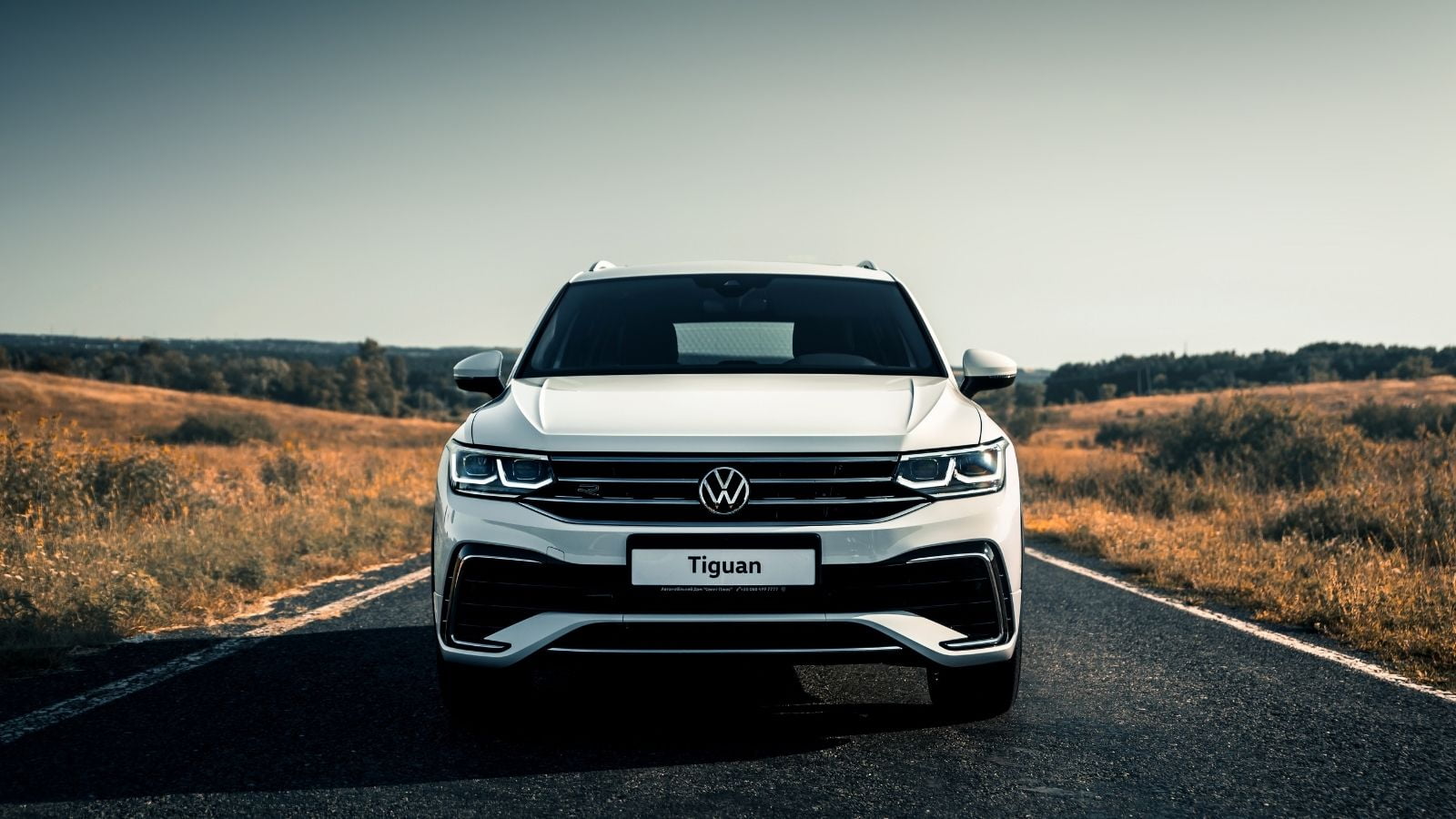
Klaus Bischoff designed the second-generation Volkswagen Tiguan, which was introduced in 2017. It has a range of turbocharged powerplants, including a 2.0-liter TSI petrol and 2.0-liter TDI diesel. The premium interior has soft-touch finishes, a digital cockpit, and an easy-to-use infotainment system. The rear seats can be adjusted, the trunk is roomy, and the adaptive cruise control for safety makes it a family-friendly vehicle that can also accelerate from 0 to 60 in 8.2 seconds.
Honda CR-V (2017)
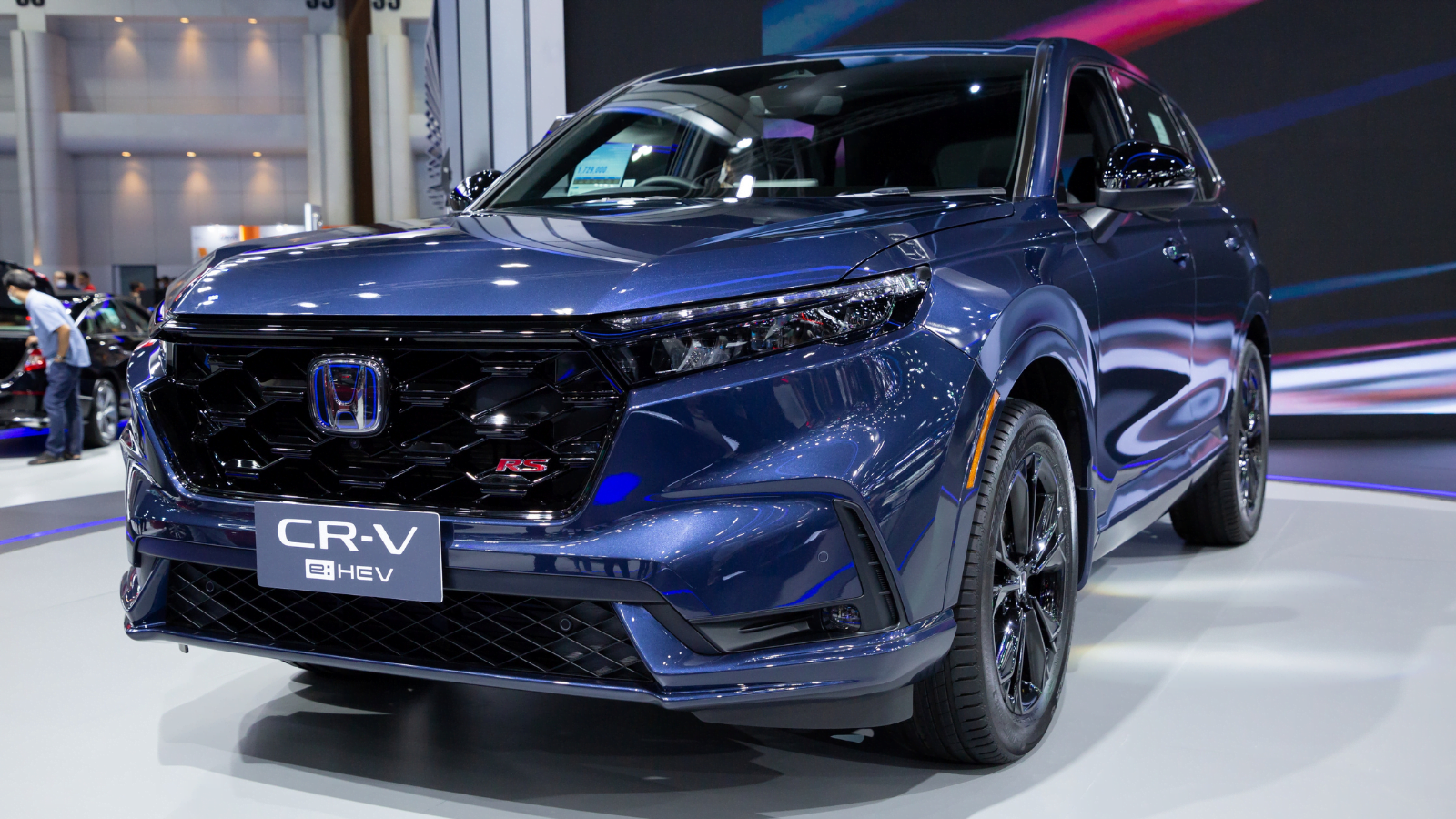
Ryo Arai penned the 2017 fifth-generation Honda CR-V. It has a 1.5-liter turbocharged engine that delivers 190 horsepower and is matched with a CVT for seamless acceleration. The CR-V’s interiors include upscale amenities such as leather-trimmed seats, ample cargo space, and an easy-to-use infotainment system with Apple CarPlay and Android Auto. It has Honda’s suite of safety features called the Honda Sensing that offers high levels of protection for families and can also accelerate from 0 to 60 mph in approximately 7.5 seconds.
Mazda CX-5 (2017)
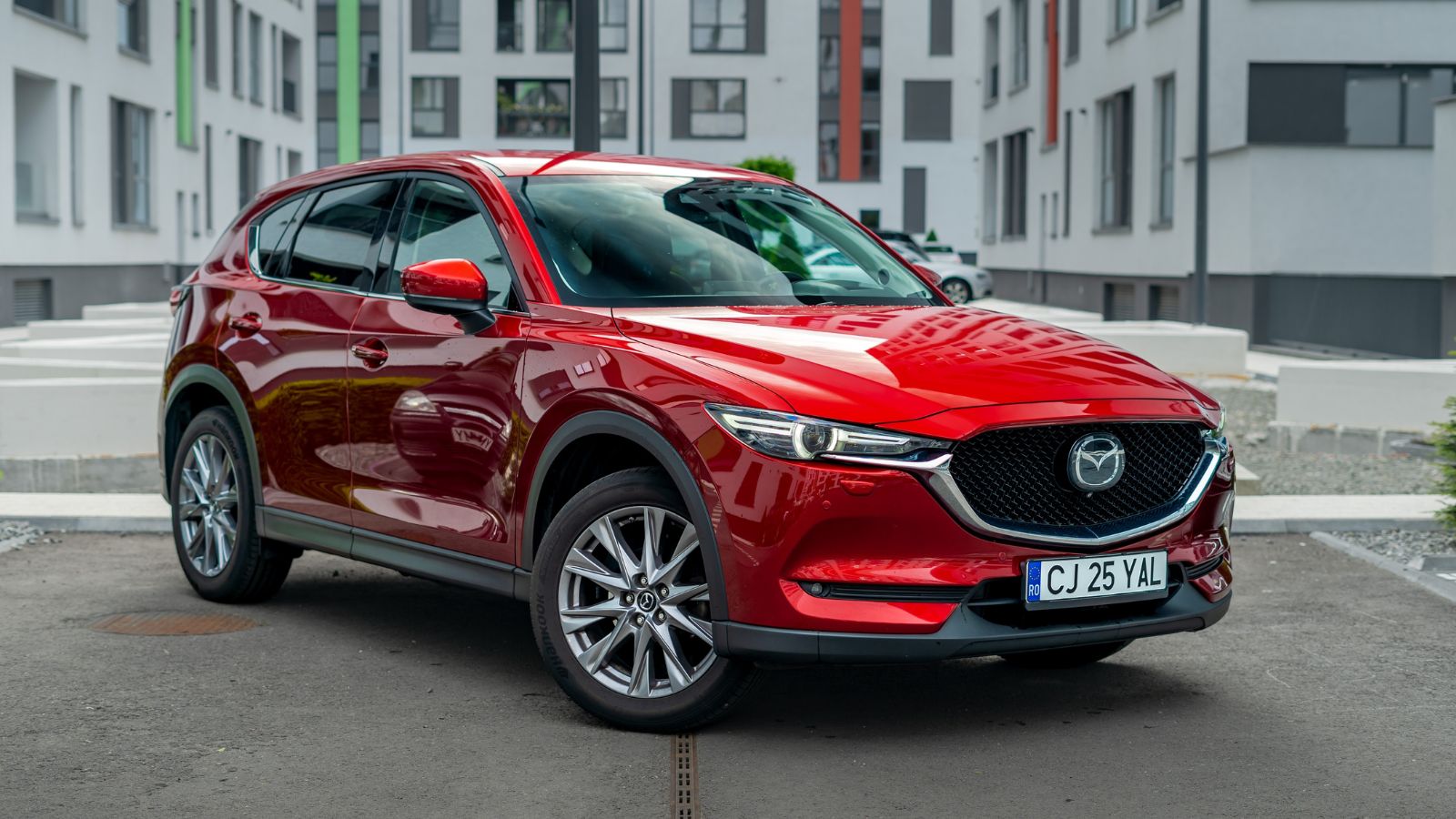
The 2017 second-generation Mazda CX-5 was designed under the Kodo design language by lead designer Shinichi Isayama. It is available with either a 2.5-liter SkyActiv-G petrol or a 2.2-liter SkyActiv-D diesel engine. The interior impresses with premium materials, a driver-centric design, and a well-integrated infotainment system. Rear seats provide good leg space, and the trunk is flexible according to family demands. The CX-5 goes from 0 to 60 mph in about 7.2 seconds, depending on the engine used.
Hyundai Santa Fe (2018)
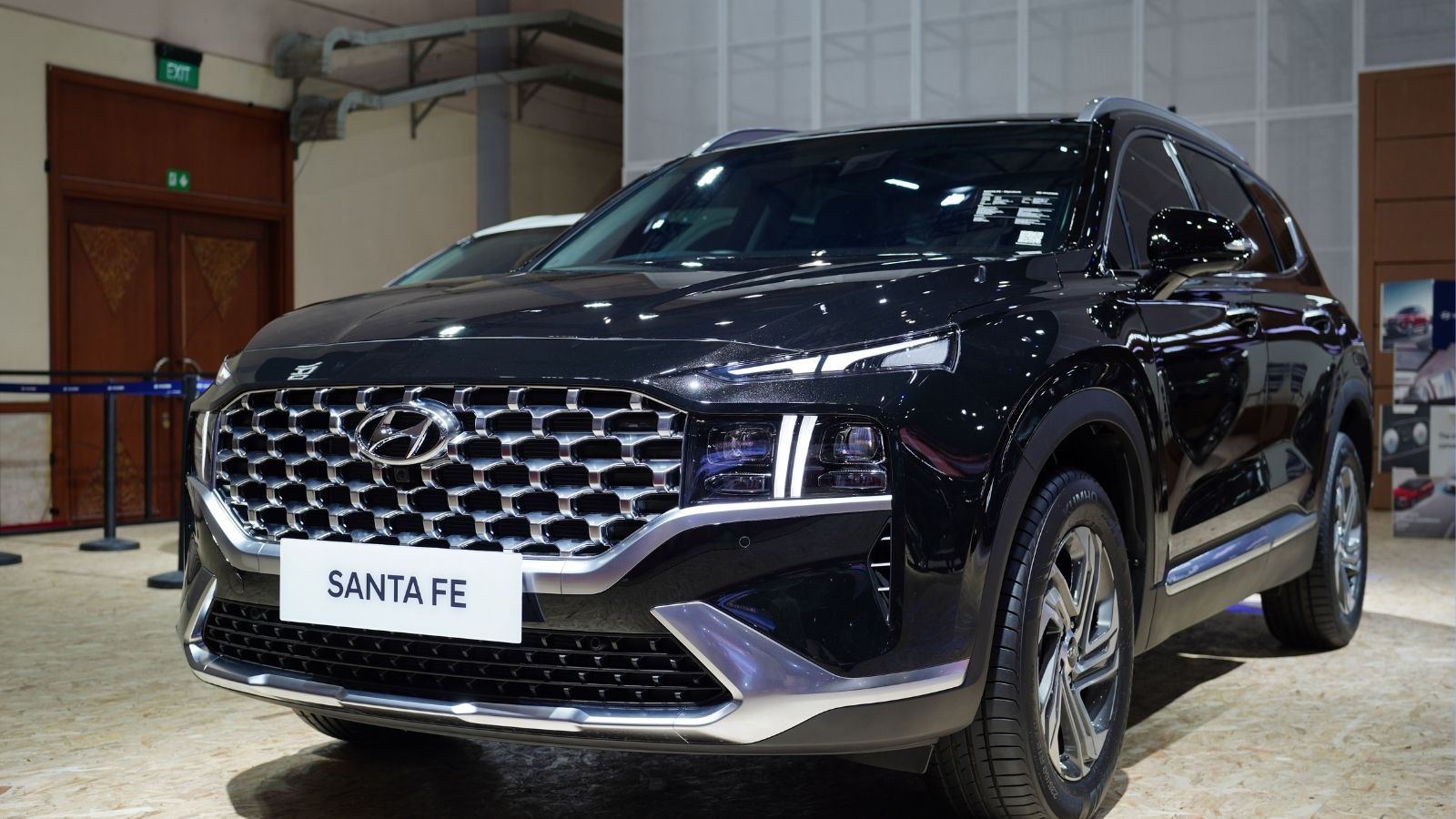
Designed by Luc Donckerwolke, the fourth-generation Hyundai Santa Fe has two engine choices, including a 2.5-liter turbocharged four-cylinder and a hybrid option. The interior focuses on comfort and technology, featuring quilted leather seats, a panoramic sunroof, and a 10.25-inch touchscreen. It also has Hyundai’s SmartSense safety suite, which provides lane-keeping assist, blind-spot monitoring, and more. The turbocharged Santa Fe can also accelerate from 0 to 60 mph in around 6.1 seconds.
Kia Sorento (2021)
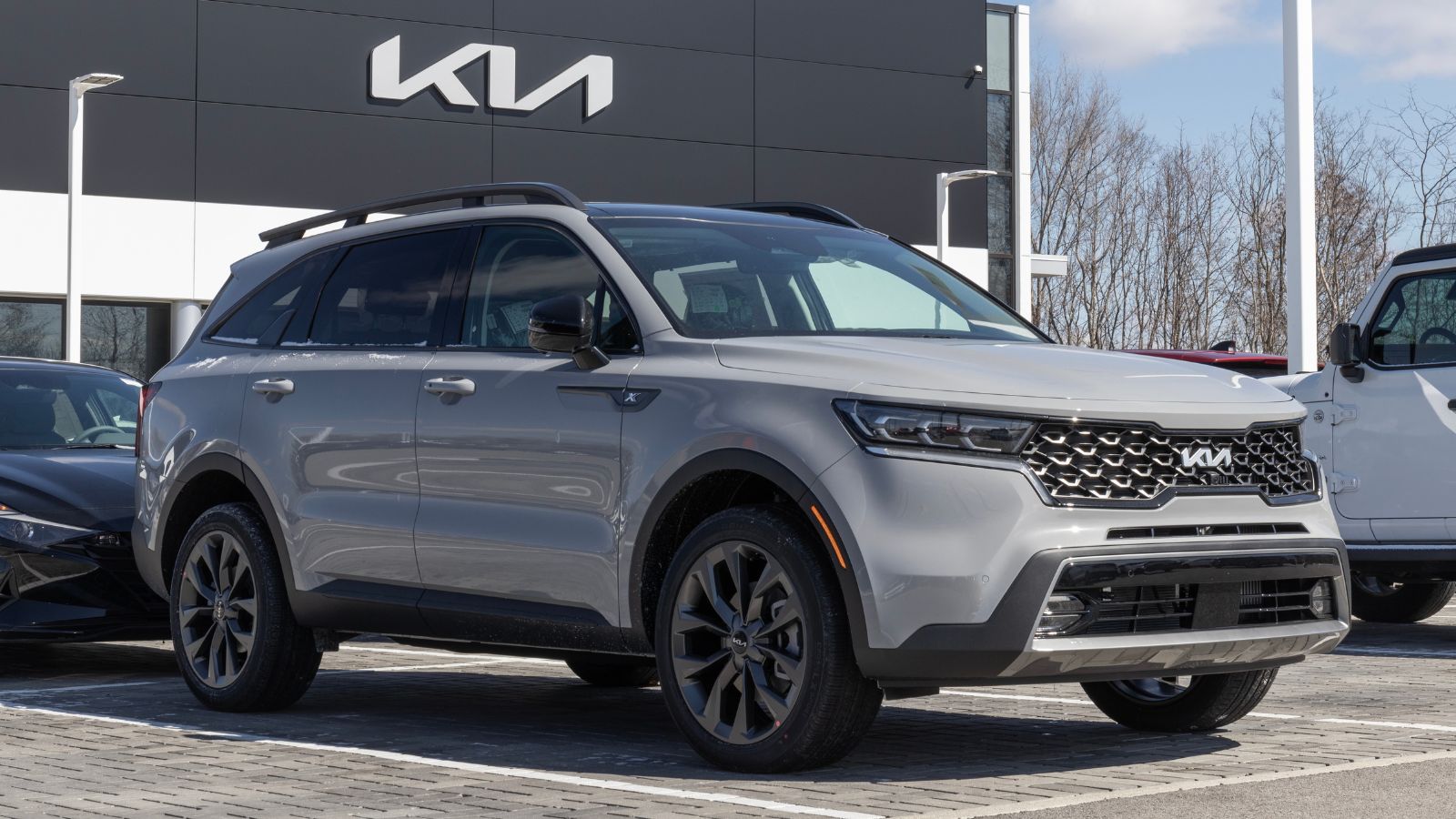
Karim Habib designed the 2021 Kia Sorento, a complete redo of Kia’s midsize SUV. It features a range of powertrains, such as a 2.5-liter turbocharged 281-hp engine and a hybrid model. The Sorento features an upscale interior with high-end materials, a 12.3-inch digital gauge cluster, and a 10.25-inch touchscreen infotainment system. The three-row seating setup provides enough room for families, while the advanced safety features of forward collision warning and blind-spot monitoring are included as standard. The turbocharged Sorento has a 0-60 mph acceleration of approximately 7.2 seconds.
Nissan Rogue (2021)
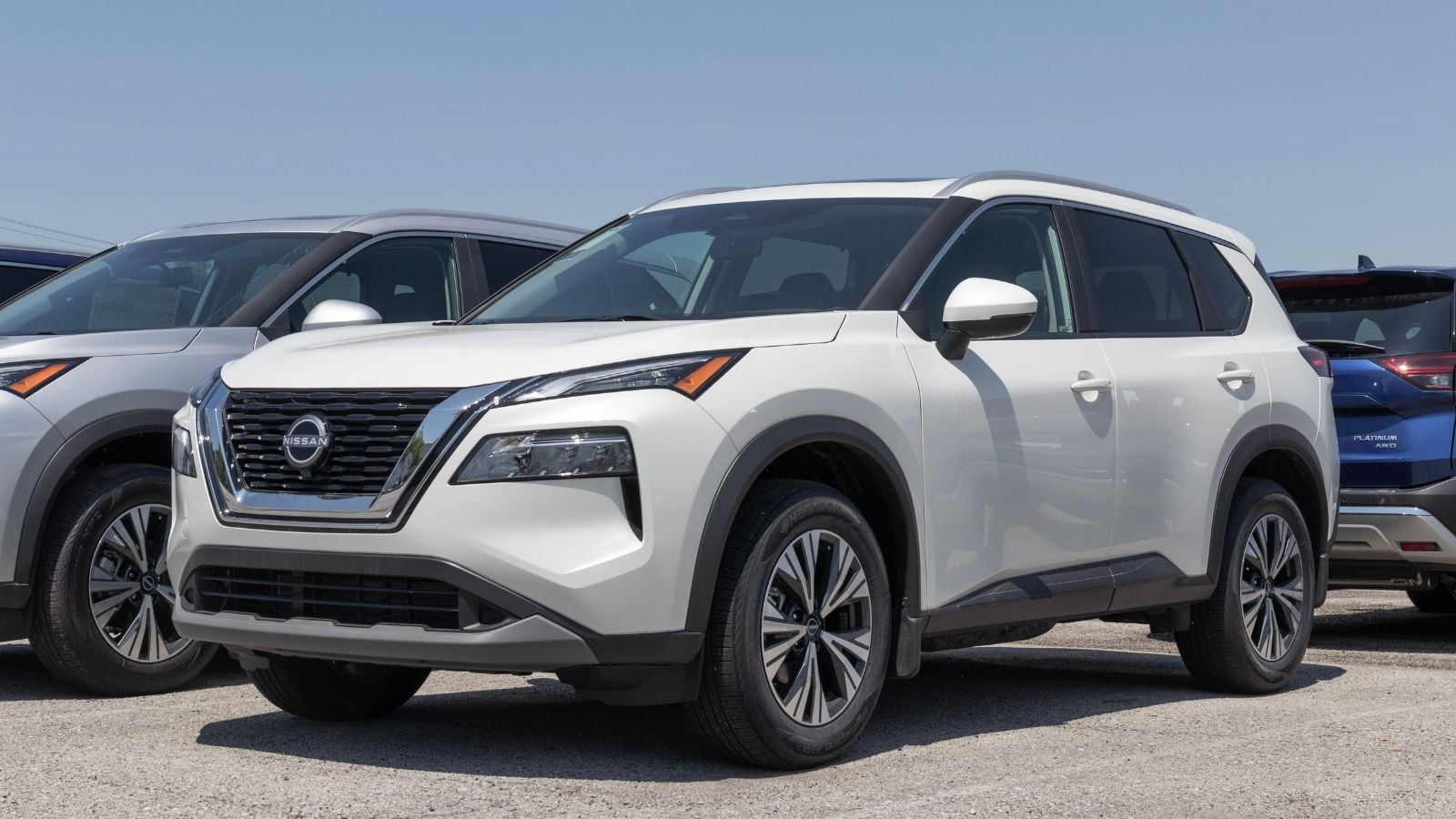
Unveiled in 2021, the third-generation Nissan Rogue was designed by Alfonso Albaisa’s team. It is built with a 2.5-liter four-cylinder engine that provides 181 horsepower and comes with a CVT for comfortable driving. Inside, there is a focus on comfort, with Zero-Gravity seats inspired by NASA, a tri-zone climate control system, and a 9-inch infotainment touchscreen. The car is also equipped with Nissan’s ProPILOT Assist, which delivers semi-autonomous driving and can accelerate from 0-60 mph in around 8.2 seconds.
Chevrolet Traverse (2018)
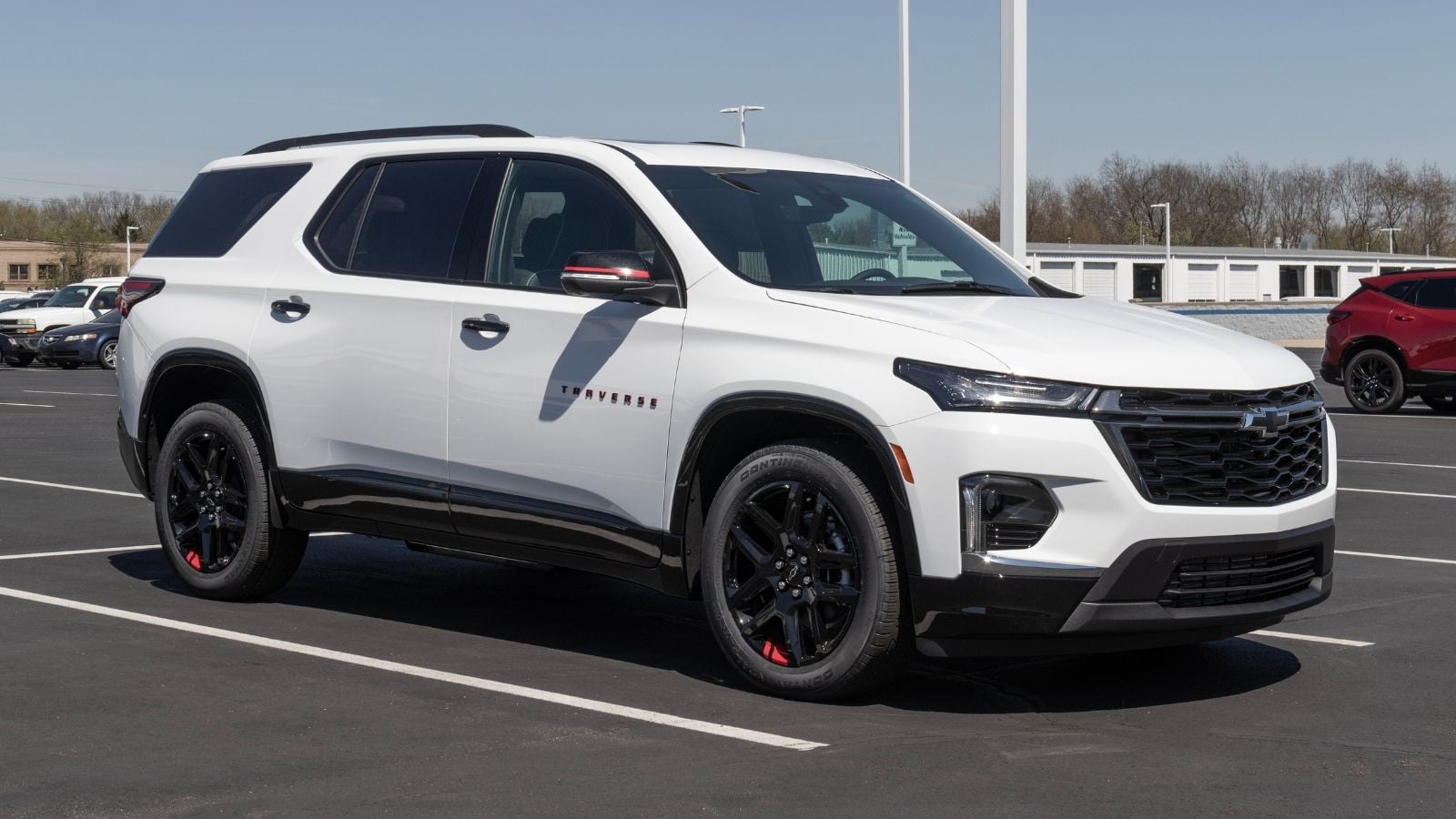
The 2018 Chevrolet Traverse is a second-generation vehicle penned by GM’s international design team. It has a 3.6-liter V6 engine with 310 horsepower and a 9-speed automatic transmission. The interior has spacious three-row seating, hidden storage space behind the 8-inch touchscreen, and USB outlets in all rows. Chevrolet’s safety features, including automatic emergency braking and lane-keeping aid, contribute to passenger safety. The Traverse accelerates from 0 to 60 mph in around 6.9 seconds, with an outstanding balance of power and functionality.
Ford Edge (2019)
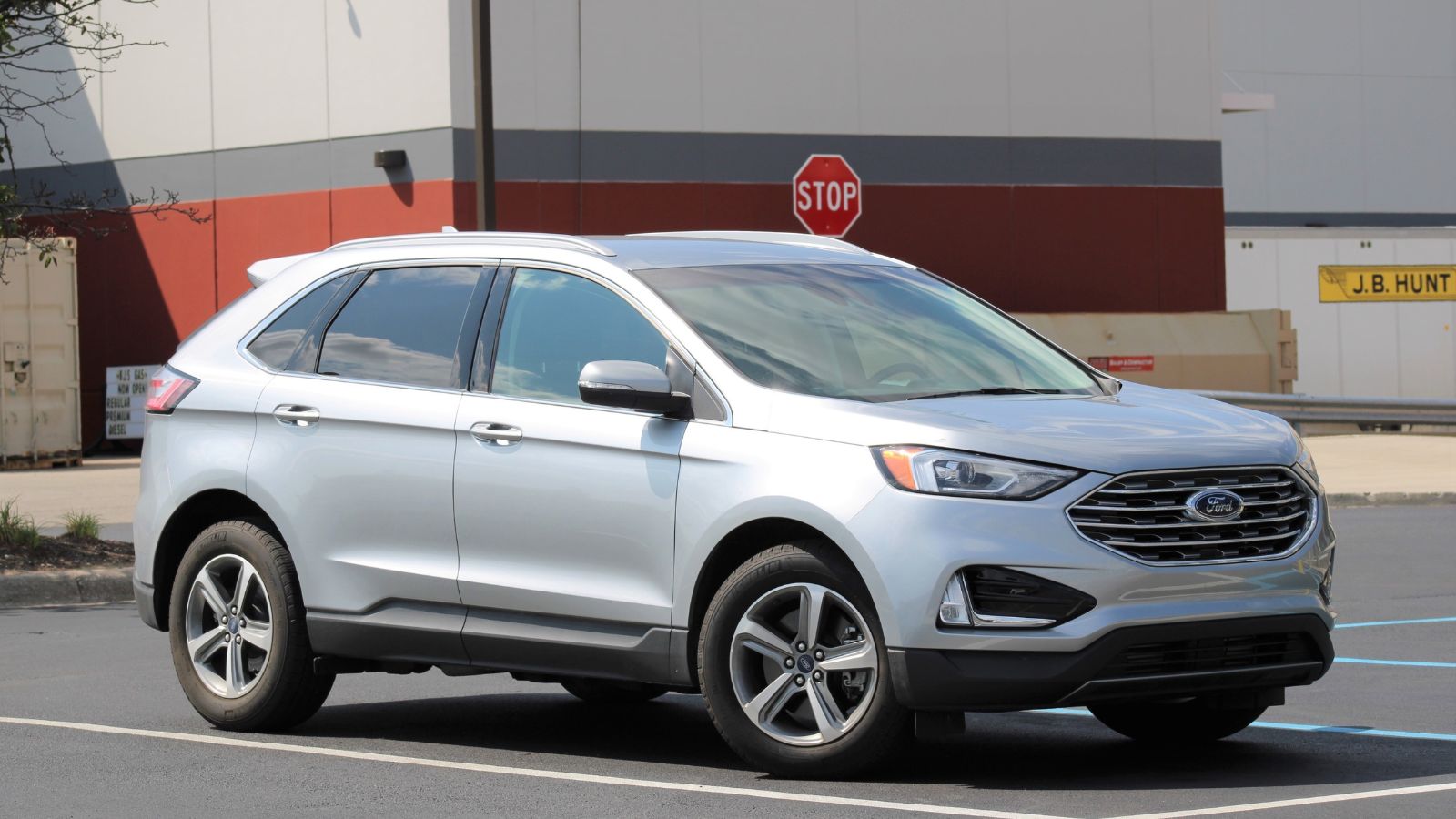
Revamped in 2019, the Ford Edge was penned by Ford’s global design team with an emphasis on aerodynamics and modern appearance. It has a 2.0-liter EcoBoost turbo four-cylinder engine, 250 horsepower, and an optional 2.7-liter twin-turbo V6 in ST trim. The interior is comfortable, with heated and ventilated seating, a 12-inch digital instrument cluster, and a high-end Bang & Olufsen sound system. It also has safety features such as evasive steering assist and adaptive cruise control and can accelerate from 0 to 60 mph in approximately 7.3 seconds.
Volkswagen Atlas (2018)

Klaus Bischoff’s team designed the Volkswagen Atlas for North American family appeal. It has either a 2.0-liter turbocharged four or a 3.6-liter V6. The interior is utilitarian and roomy, with a spacious cavernous third row, a digital cockpit, and an enormous panoramic sunroof. Its safety features include pedestrian detection, rear ar cross-traffic alert, and an automatic post-among braking system. The V6-equipped Atlas accelerates 0-60 mph in about 7.9 seconds, and its German engineering and practicality make it a strong contender in the midsize SUV segment.
Honda Pilot (2023)
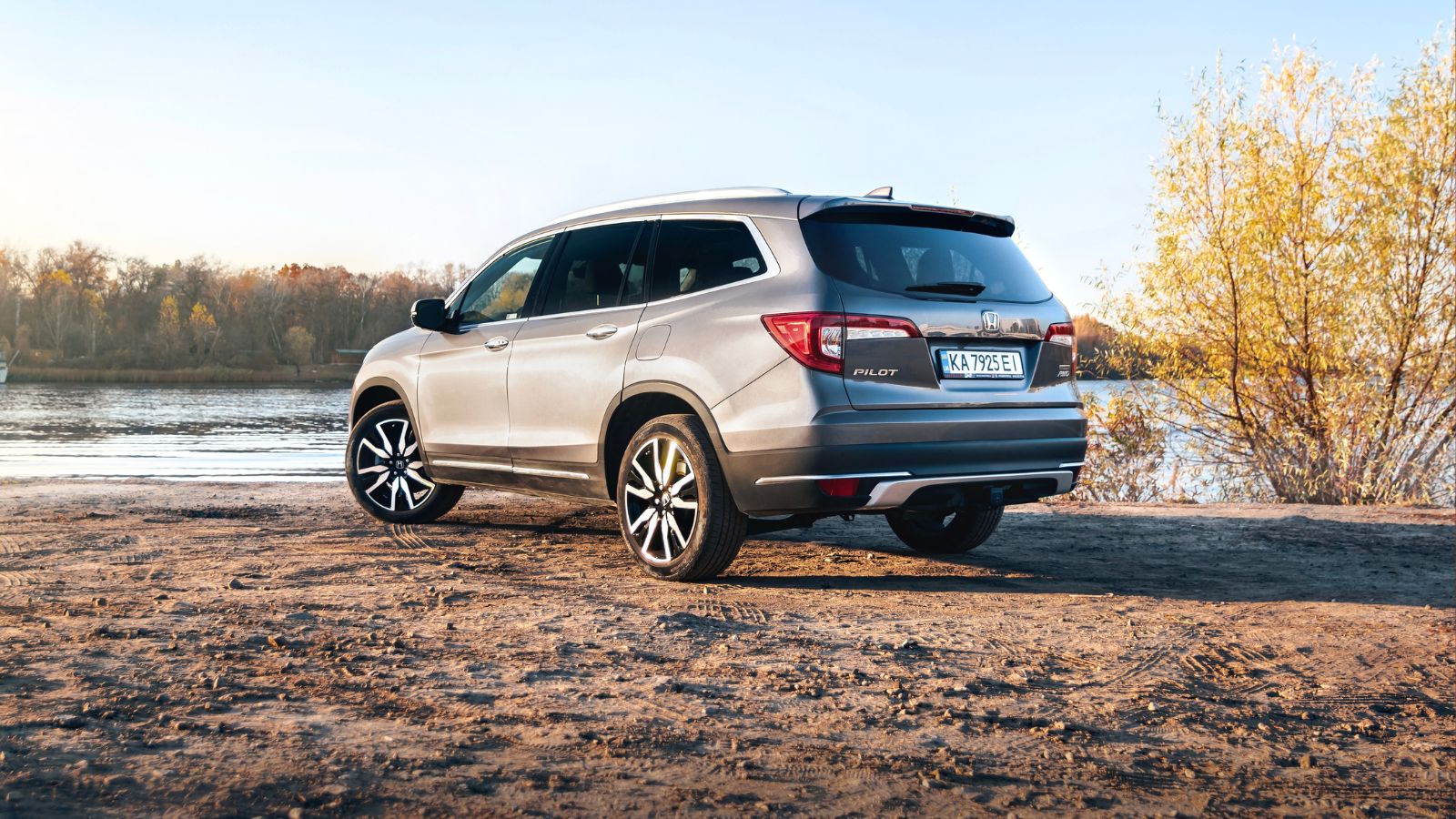
The 2023 Honda Pilot, in the hands of the team led by exterior design chief Seiji Hayashi, was given a fresh new boldface and increased functionality. It features a 3.5-liter V6 engine that produces 285 horsepower. The cabin is family-friendly, with a mid-second-row seat that can be removed, a multi-angle rearview camera, and an easy-to-use infotainment system. The Honda Sensing technology makes for a secure ride, with collision and road departure mitigation. The Pilot accelerates to 0-60 mph in approximately 6.8 seconds while ensuring a smooth ride and family-friendly features.
Subaru Ascent (2019)

Mamoru Ishii designed the 2019 Subaru Ascent, the largest SUV ever from the brand. The Ascent accommodates up to eight passengers with a 2.4-liter turbo Boxer engine that generates 260 horsepower and is paired with Subaru’s legendary symmetrical all-wheel-drive system. It also has an expansive panoramic moonroof and an easy-to-use Starlink infotainment system. It also has Subaru’s EyeSight safety package with class-leading protection and can accelerate to 0-60 mph in about 6.9 seconds. It has a family-friendly exterior and formidable capability, making it the perfect adventurous family vehicle.
Toyota Highlander (2020)
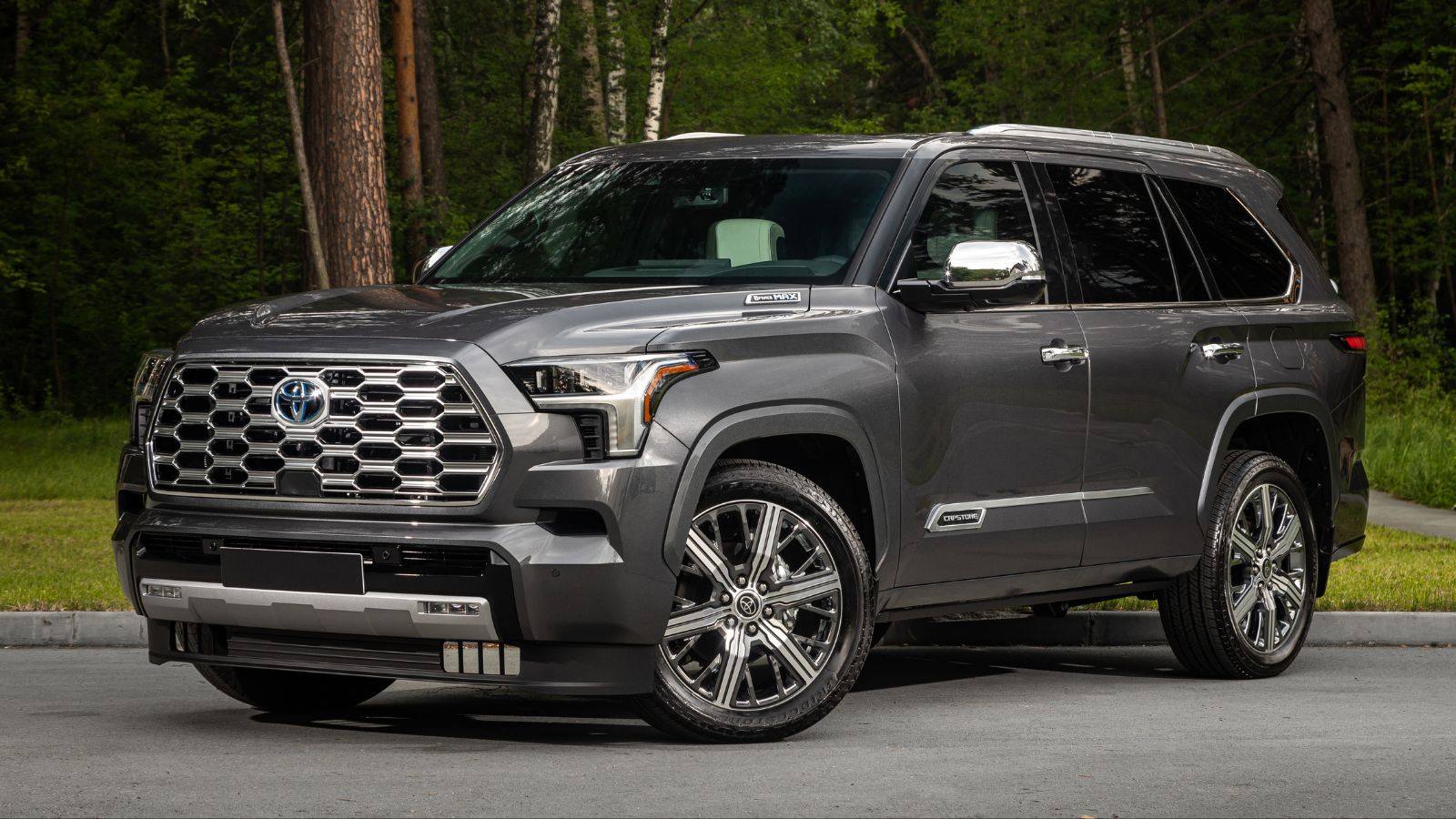
Yoshikazu Saeki penned the redesigned 2020 Toyota Highlander. It has a 3.5-liter V6 that produces 295 horsepower or a fuel-efficient hybrid variant. Its interior has a SofTex interior trim, a 12.3-inch touchscreen, and a 1,200-watt JBL sound system. The Toyota Safety Sense 2.5+ provides complete driver protection, while its engine enables it to make a 0-60 mph dash in around 6.7 seconds.
Hyundai Palisade (2020)

Luc Donckerwolke designed the 2020 Hyundai Palisade, which has become Hyundai’s flagship SUV. It is powered by a 3.8-liter V6 engine, delivering 291 horsepower. The interior is luxurious and roomy, with quilted Nappa leather, a 12.3-inch digital instrument cluster, and a dual sunroof. Safety features include an ultrasonic rear occupant alert and a blind-spot view monitor. The Palisade reaches 0-60 mph in about 7.1 seconds, making it a sound family SUV. Its premium appearance and nicely appointed interior deliver luxury without the price tag.
18 Budget-Friendly Electric Cars That Last Longer Than Their Loans — Economical Electrics
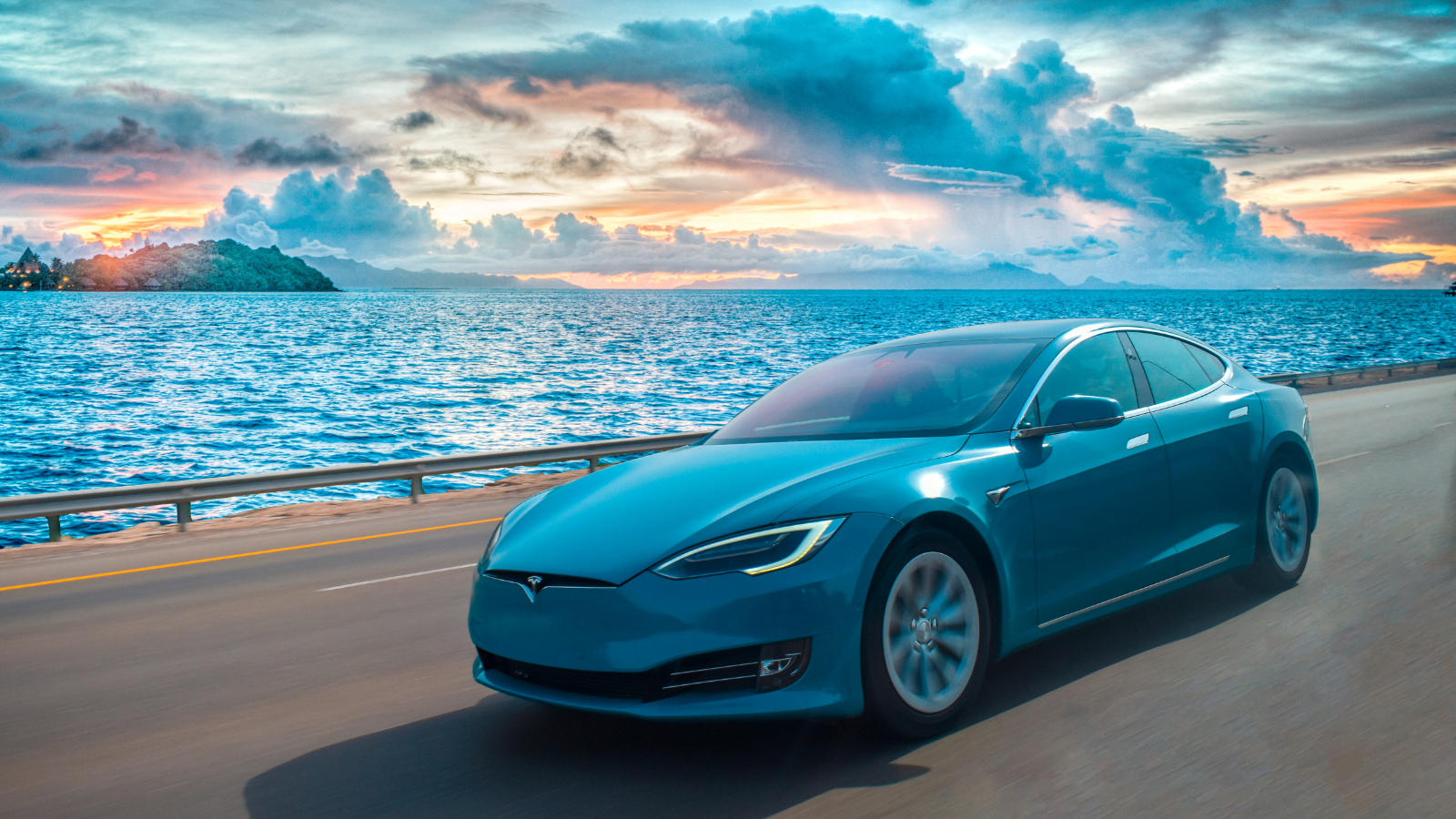
Electric vehicles are no longer a luxury for the elite—they’re a smart investment for the everyday driver. With manufacturers stepping up to the plate, affordable EVs now deliver on reliability, range, and modern comforts. Here’s a look at 18 economical electric cars engineered to outlast their payment plans.
18 Budget-Friendly Electric Cars That Last Longer Than Their Loans — Economical Electrics
